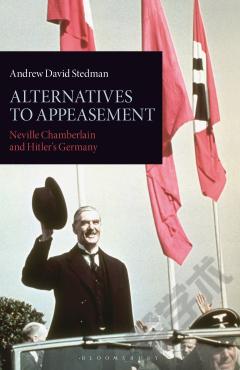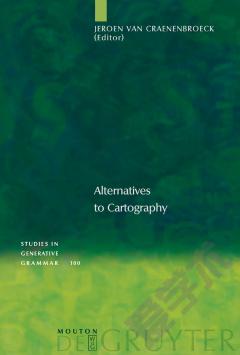Alternatives to Appeasement
Neville Chamberlain's policy of appeasing Hitler's Germany hcondemned. However, historians (and politicians) have been divided about the viability of alternative courses of action. Andrew David Stedmthe origins, development and viability of the various alternatives to Chamberlain's policy of appeasement. Using a wide range of sources, many previously unpublished, he provides a fascinating study of British foreign policy before World War II, surveying the main advocates of the other strategies available and outlining the complexities of each rival option. Providing a valuable new contribution to appeasement historiographfirst work to offer a comprehensive synthesis of all the alternatives available to Chamberlain, as well as to illuminate the policy debate within Government itself. Stedman provides a unique analysis of how realistic Chamberlain deemto be, as well as a bold assessment of strengths and weaknesses.Stedman asserunderstandable that Chamberlain rejected the other policies he had available to him and that, contrary to popular belief, Chamberlain did in fact consider and explore each alternative wider strategy and his foreign policy often contained elements of the rival options. Ultimately, this book shows thalternatives would have maintained a lasting peace in the troubled conditions of the 1930s. Although some might have affected the favourability, timing and circumstances of conflict, war could not have been avoided given the rapid rise of Hitler and Nazi Germany. Also contributing to debates on the use of appeasement in the modern world, this book will be essential reading for historians of World War II and the twentieth century, as well as scholars of International Relations.
{{comment.content}}








 京公网安备 11010802027623号
京公网安备 11010802027623号